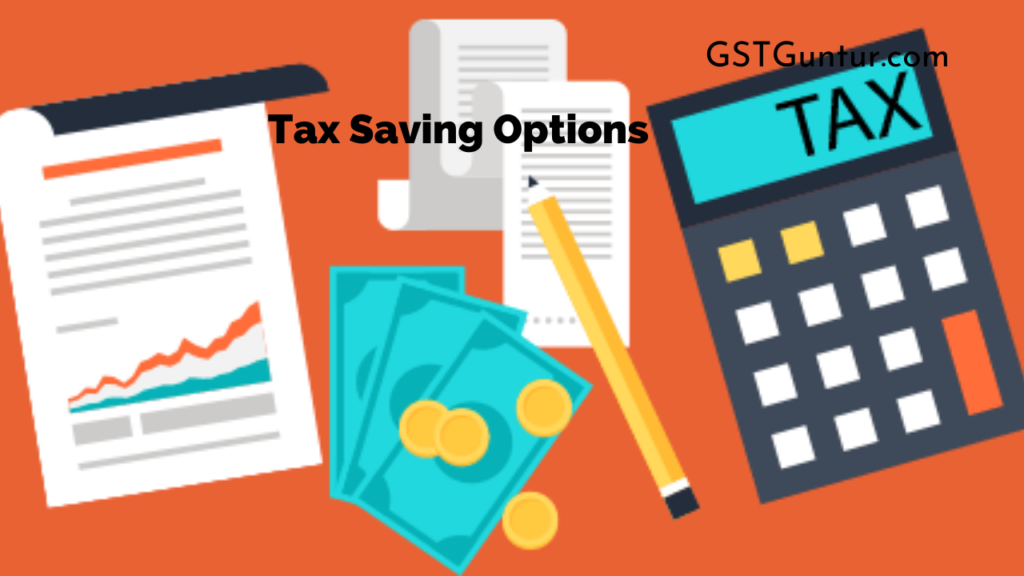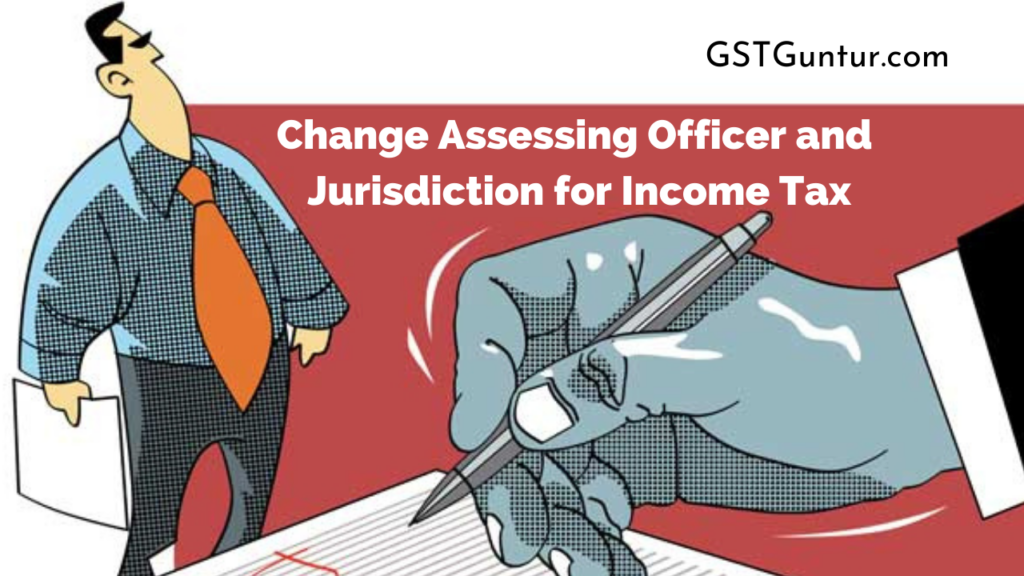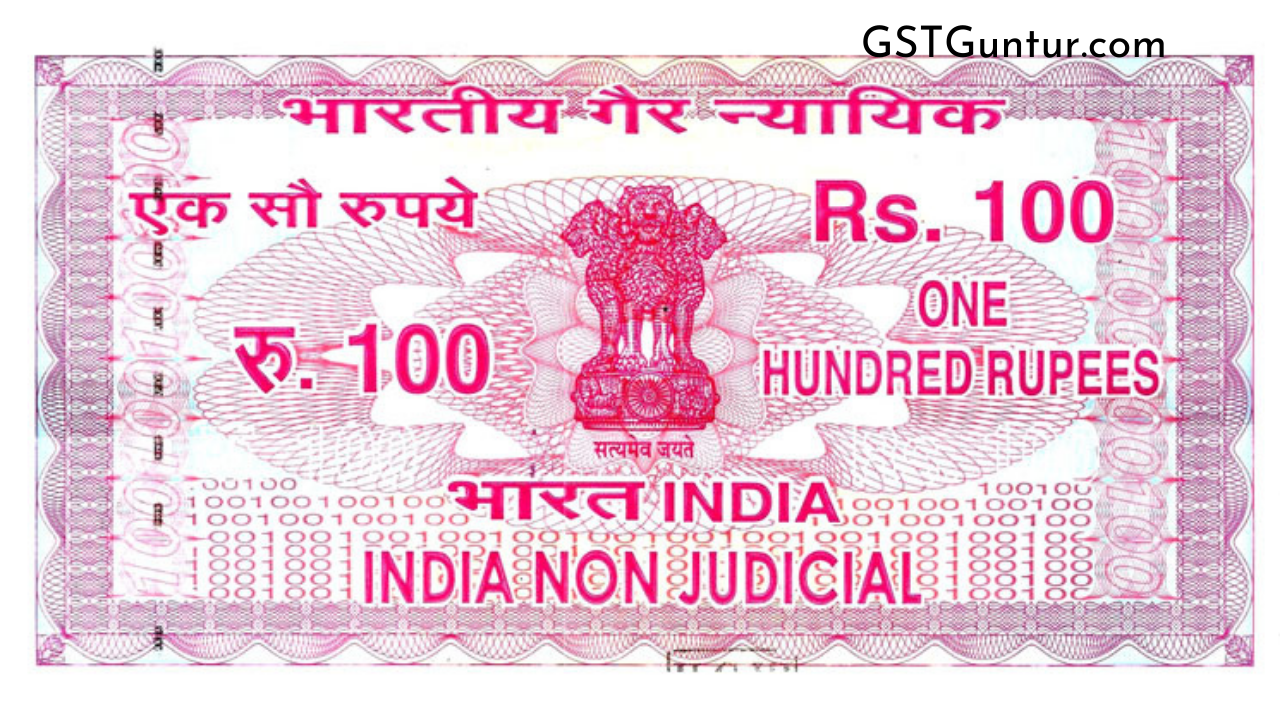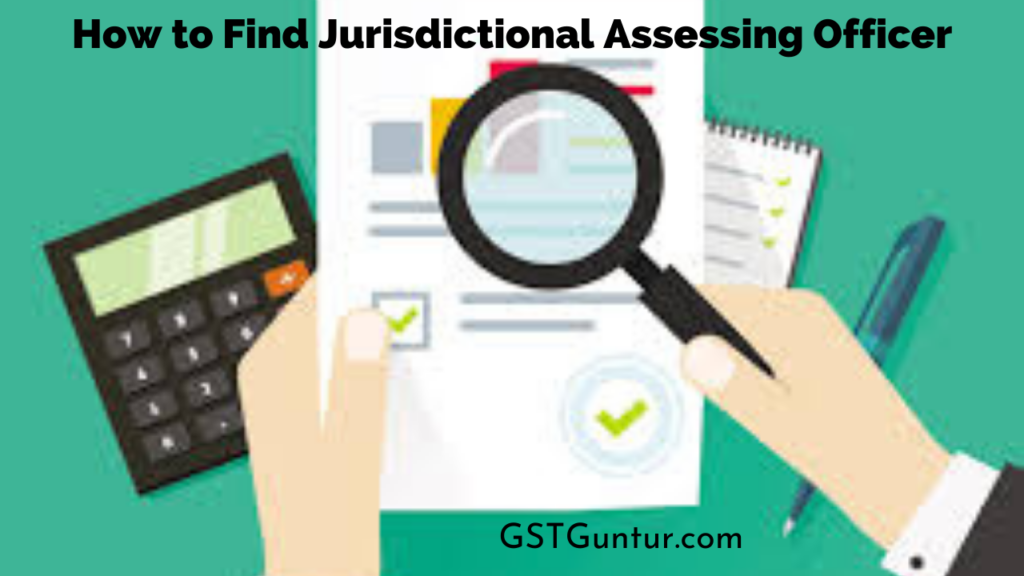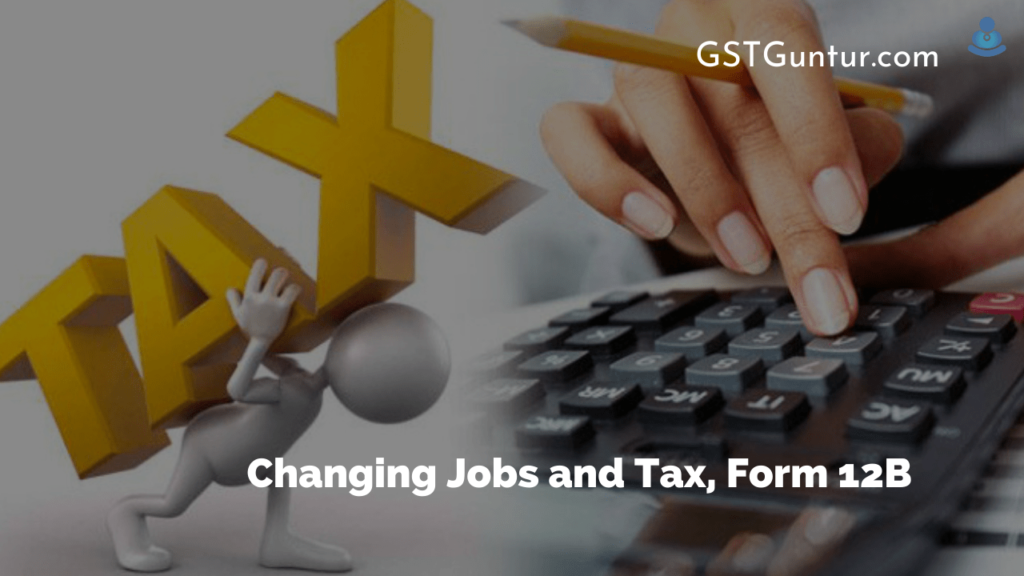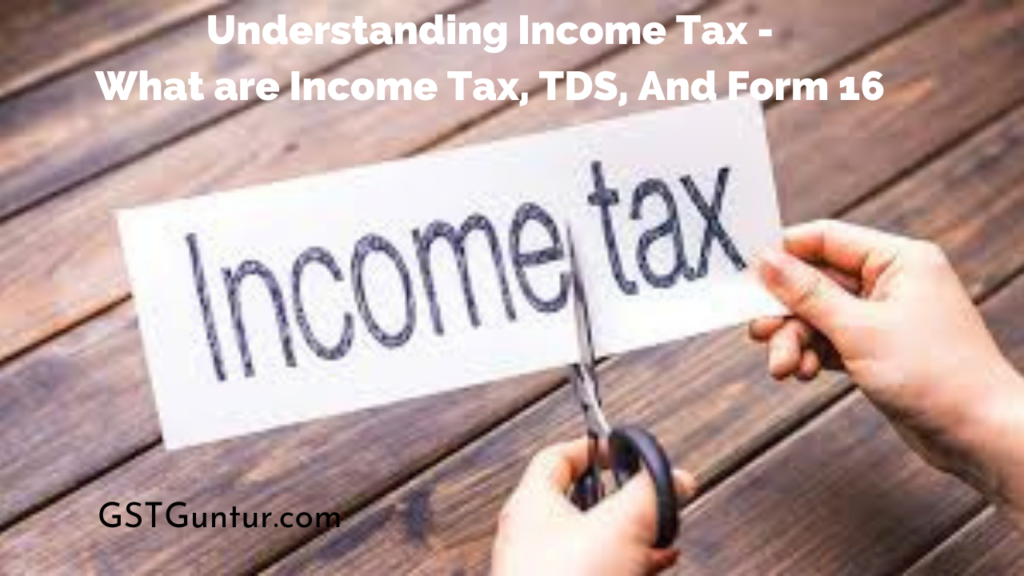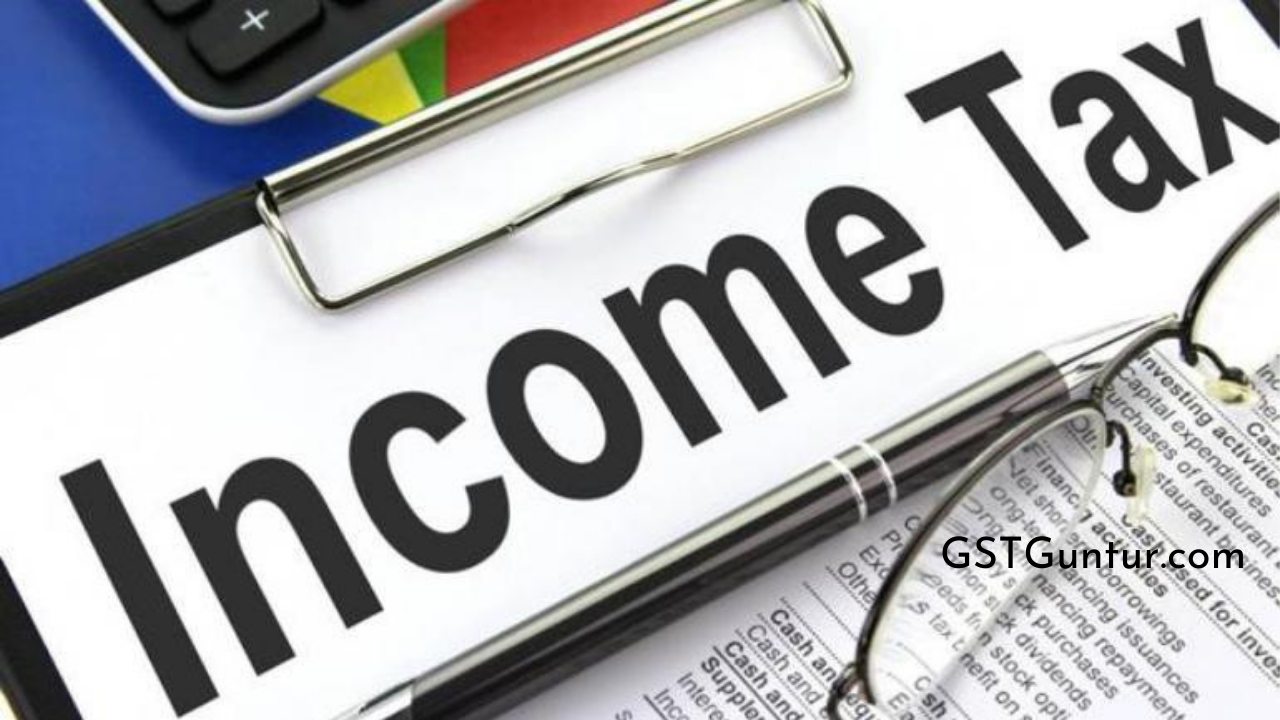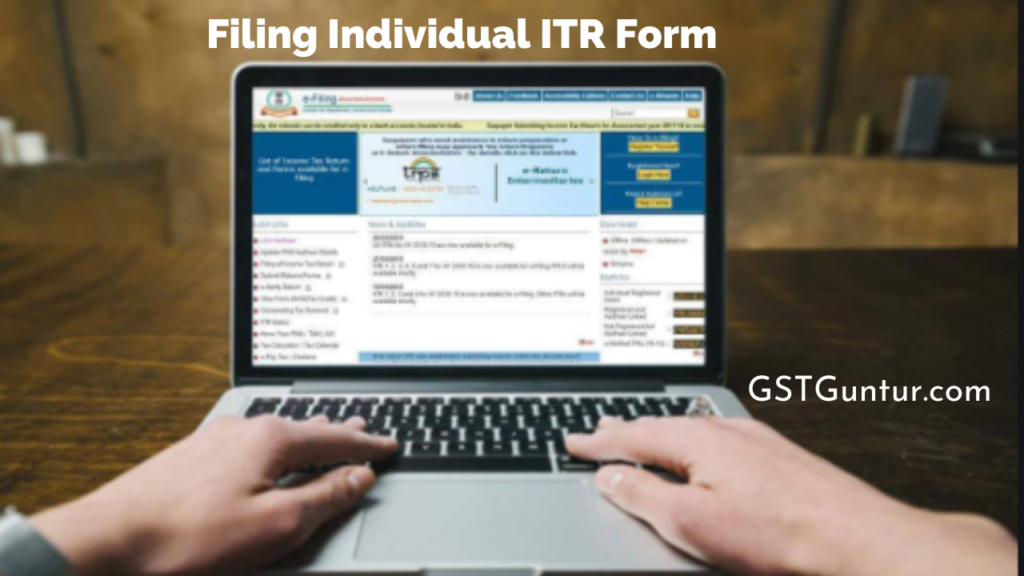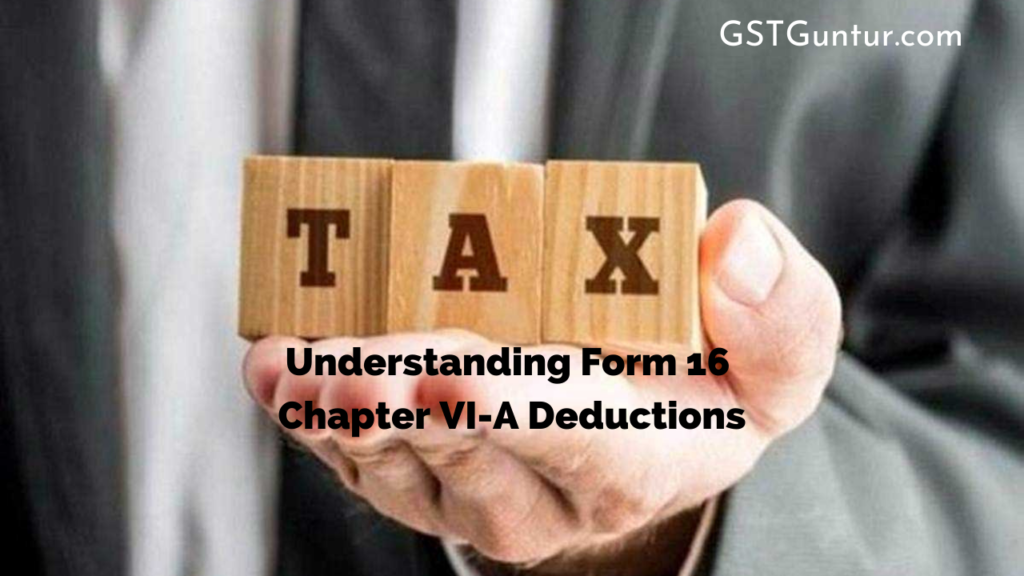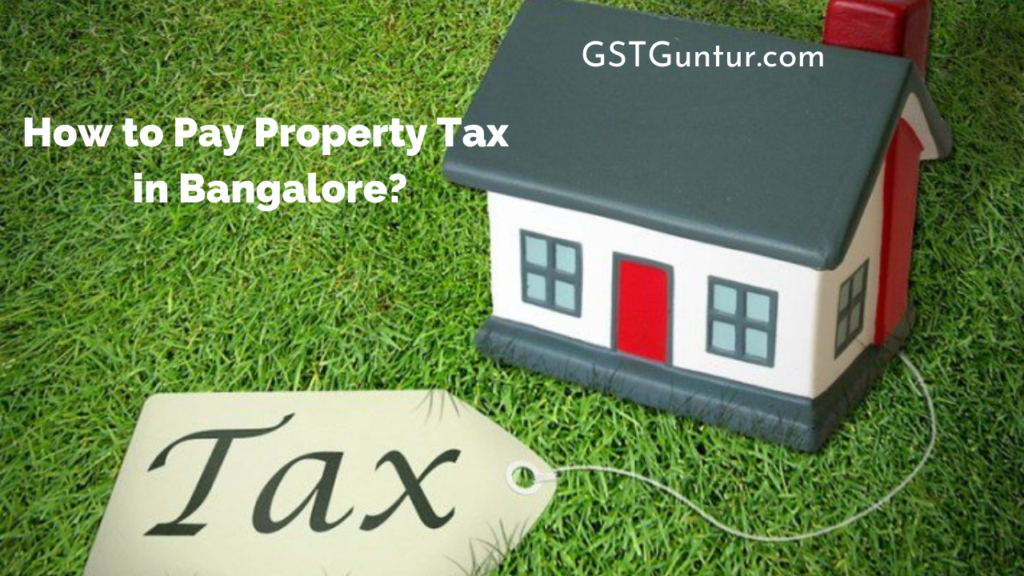Tax Deduction the Best Way To Achieve A Tax Saving
Tax saving plans have been discussed at length under the domain of tax deduction, with the majority of them relating to Section 80C of the Income Tax Act.
To allow citizens to focus on saving on their taxes and plan to spend, the income tax department has offered ample exemptions from taxed earnings under consideration for the taxation scheme chapter VI A deductions.
Aside from Section 80C, additional tax-saving alternatives are available to people to help them reduce their financial burden.
Various Sections of Tax Deductions Dealing With Tax-Saving Methods
A tax deduction is an exclusion that effectively reduces a person’s or organization’s overall tax financial strain by decreasing taxable profits. Deductions are traditionally taxes sustained by the taxpayer throughout the budget year and can be transferred to or rounded down from their tax liability to determine just how much more tax is legally owed.
Section 80C
Section 80C is a widely accepted and preferred section by citizens because it permits them to mitigate their tax payments by making tax-saving transactions or incur additional registered expenditures.
It provides a permissible exemption of Rs 1.5 lakh from the taxpayer’s estimated total revenue every year.
Individual people and HUFs can only benefit from this clause. This exclusion is also not readily accessible to organizations, alliance companies, or LLPs.
Keep in mind that the cap exclusion is limited to Rs 150,000; furthermore, there is no lowest possible ceiling value.
Who Qualifies as an Eligible Assessee to Secure this Most Popular Tax-Saving Scheme?
Specific individuals and HUFs are the only ones directly that can often enjoy the benefits of the deduction for tax-saving under Section 80C. This implicitly assumes that corporations, limited liability partnerships, or any other association of individuals/body of individuals cannot assert a tax deduction under this specific Provision.
In-depth explanations of the investments that are considered for this tax saving under this section
- Fixed Deposit Investments: Bank fixed deposits have five years lock-in duration and are subject to tax-saving opportunities under section 80 C. The public interest gained on those fixed deposits, though on the other hand, is not refundable. It has no risk factor associated with it.
- Payment on Insurance Policies: Life insurance, premium costs as one of today’s modern everyday needs, are one of the most apparent forms to demand savings under section 80 C.
A life insurance monthly premium is a regularly occurring contribution made to an insurance company in interchange for coverage. This program behaves as a welfare safety net by contributing the policyholder’s relatives to accidental death or maturity, as defined.
It is imperative to analyze that only life insurance for the defendant or their close relatives accounts for the 80 C exemption.
The permissible exemption is the smaller number of the following-
- 10% of the gross amount protected,
- or the amount of premium charged
ELSS Funds
Capital expenditure in Equity Linked Savings Scheme mutual funds is also subject to tax deductions under section 80 C.
ELSS is a legitimate form of mutual fund that aims to help investors save a little tax on their expenditure while still reaping the benefits from capital appreciation.
An ELSS mutual fund is easily distinguished by a predetermined lock-in time frame of 3 years from the deadline of purchase made.
Financial investments in ELSS are considered exempt under section 80 C, limited to a maximum of RS150,000 per year.
A pretty crucial thing to keep in mind for every ELSS transaction is that, even if the lock-in’s entire duration is three years, the standard deduction gain is only accessible in the year in which the transaction is established.
It typically carries equity-related hazards and currently offers no guaranteed returns.
PPF and EPF schemes
PPF most often plans to invest in fixed-income assets. These investments offer clients a guaranteed return on capital and financial stability.
PPF returns are around the rate of 8% per year., which could also prove to be on the downward trend, but there is no other possibility of capital loss at all with this fund.
A PPF must be essentially invested in for a bare minimum of 15 years.
Venture capitalists must first acknowledge this before determining whether one should invest in this product to take added benefit of the Section 80 C deduction.
Pension contributions to the EPF account, up to a certain amount of Rs150,000, are excluded mostly under Section 80C for all salaried citizens.
However, one can mention with no room for doubt that the employer’s payment is not tax-deductible under Section 80C.
Sukanya Samriddhi Yojana
This investment portfolio is tailored explicitly for the support and help of the female kid. As the title strongly suggests, this procedure is only relevant to the mother and father of a girl child at the age of ten.
The total returns from this compensation program vary between 8 and 8.5 percent, and the financial contribution is permitted for deduction under section 80 C.
It is free from any sort of risk association and offers fixed rates of return. The lock-in time period stretches for up to a whopping 21 years.
Senior Citizens Savings Plan
This fund is a pretty good means for elderly individuals over the age of sixty to gain by having annual returns on their assets. This reasonably long tax-saving systematic development provides much-needed extensive coverage depending on the investor’s age group.
The maximum payout that the concerned taxpayer can invest in an SCSS account is 15 lakhs, either individually or collaboratively.
It is indeed fully and wholly risk-free and has guaranteed interest rates.
The lock-in duration typically lasts five years.
ULIPs
ULIPs, very much like LIC general policies, combine the two insurance and retirement savings. A percentage of the equity investment in this program is used for insurance premiums, whereas the remaining is invested in new similarly to actively managed mutual funds.
It is advised that citizens should invest for at least 5-10-15 years to accomplish the considered necessary units. The capital investment may be in either just debt or Equity, and it is also up to the individual to ultimately decide where and how to allocate their funds available.
Certain expenses can be considered for the tax-saving regime under this section of the Income Tax Act.
Principal Loan Repayment of Residential Loan
The EMI you pay each and every month to repay your home loan debt is characterized by two key aspects: principal amount and interest accrued.
The substantial component of the EMI is eligible for deduction under Section 80C. Then again, the interest portion can potentially save you a good amount of revenue in taxes – but only under specific rules of Section 24 of the Income Tax Act.
- Stamp Fee and Registration Expenses for a residential property: The overall amount you pay as stamp duty whenever you acquire the necessary residential property and the interest you pay for the certification of the house’s legal paperwork can be reclaimed as a tax deduction under section 80C for the purpose of tax-saving in the year of legal purchase.
- Education fees structure for higher studies or any other education form: Tuition costs paid yearly or otherwise to any educational institution based in India for the stated purpose of complete education can be later claimed under 80C for a limitation of two students. Payments for future development fees, contributions, and similar items do not certainly qualify for a Section 80C deduction.
However, it should be essentially emphasized that no reimbursement will be authorized under any possible circumstances for tuition fees payable for self-study or academic studies of spouse or partner.
Section 80CC
This clause of services allows individuals to exclude certain up to Rs150,000 for transactions committed to a LIC or other insurance company installment scheme.
However, the revenue paid directly after the total surrender of the investment account and the interest received on the lump sum is applicable for the taxation scheme in the year of acquisition.
Section 80CCD
Individual people will exempt from financial investments from the National Pension Scheme (NPS) or The Atal Pension Yojna (APY), pursuant to this significant segment.
(This is a mandatory requirement for all of the Central Government employees.)
The National Pension Scheme (NPS) is a government-sponsored based voluntary pension program. It requires an individual to prepare for his retirement benefits adequately and perhaps start building a foundation for advanced age.
It primarily serves as a saving pathway by promulgating uninterrupted financial investments, mainly during a productive career, in order to establish a reasonably sizable portfolio even after full retirement.
NPS is open and available to all citizens of India between the ages of 18 and 65.
Perhaps the only mandatory requirement with this is that the person continues to follow the Know your customer (KYC) rules and guidelines.
These sections are further divided into the subsection specifically mentioned below this.
80CCD (1)
This section extends to all local workers, whether they work for the public sector or some other organization or are currently self-employed. It applies equally to all Indian citizens (including NRIs).
The standard deduction is only about generally applicable to-
- An absolute maximum of 10% of base salary is legally allowed for – full-time workers and
- Self-employed local taxpayers also can deduct the amount up to 10% of their taxable income.
80CCD(1B)
Manager, i.e., the employ company’s premiums of equal to 10% of basic plus the extra DA are tax-deductible under this Provision.
The manager’s net contribution, here, on the other hand, is a separate and distinct exclusion, but since it wasn’t included in the 1.5 lakh specifically authorized under Section 80C.
Regardless of whether paid a salary or self-employed, this claimant is legally liable for an extra spare standard deduction of Rs. 50,000.
Section 80CCD (2)
This provision appears to apply to where a prospective employer contributes significantly to the NPS fund on behalf of the rest of its working staff. Furthermore, the personal allowance is only applicable to salaried working people, not self-employed specific individuals.
Employer expenditures of up to 10% of basic plus the extra DA are deductible under this stipulation.
However, even though it is not counted in the 1.5 lakh and legitimately permitted under Section 80C, its net contribution is a different and independent exception.
To further sum it all up,
- Under Section 80CCD (1) Plus Section 80CCD (1B) for the applicable economic year, the aggregate tax benefits can be up to 2 lakhs.
- Kindly be informed that the whole total cap of Section 80 C + Section 80 CCC + Section 80 CCD is Rs150,000.
Other tax-saving alternatives under the deduction clauses
Section 80 TTA
In case you are already a citizen or a HUF, you can exclude up to a maximum of Rs 10,000 from the interest expense achieved on your bank savings account with a local bank, co-operative society in general, or local post office. This would also include the benefit from your bank account in one of your other revenue.
However, the Provision 80TTA tax deduction does not generally correspond to interest fees from fixed loans, recurring deposits, or corporate debt.
Section 80E
Individuals are allowed to minus the interest accrued on student loans used to continue their schooling without any cause of hindrance. The concerned individual may have somewhat taken out this bank loan for the whole borrower, their spouse or children, grandchildren, or a young student over which the taxpayer has legal guardianship.
The 80E standard deduction is readily accessible for a time span of 8 years (scheduled to begin with the year the loan commences to be recovered) until either the entire financial interest is repaid in full, whichever one finally comes first.
There are no specific strict upper limits on the quantity that one can demand.
Loans are considered out for younger siblings or otherwise, and other families are not approved for the program.
It has already been explicitly provided that architecture should come into the general engineering category.
The concerned student can conduct the education from anywhere in the world, not just limited to India.
One can also use the school bank loan to pay tuition or education utility bills and other miscellaneous costs such as accommodation fees like a hostel, books prices, etc.
Section 80D
If you are an Indian citizen or HUF, under this clause, you can subtract Rs.25,000 for medical insurance for yourself, only your own family, and your minor kids under section 80D.
However, if your guardians must be under the age of 60, you can claim an extra spare Rs 25,000 exclusion for only their health care coverage. If the mother and father are above the age group of 60, the deductions and exemptions number is Rs 50,000, quickly up from Rs 30,000 in Budget 2018.
Suppose the claimant and the mother and father or anyone parent is 60 or significantly older. In that case, the highest exemption generally available under this same Provision of services is Rs.1 lakh.
Healthcare policy is offered via the General Insurance Corporation of India or just about any insurer legally authorized by the Insurance Regulatory and Development Authority.
Section 80U
A current resident who has to suffer from a health condition (including visual impairment) or cognitive impairment is eligible for benefits for an Rs.75,000 standard deduction. In the event of a significant injury or illness, a reduction of Rs 1,25,000 is fully available.
From the financial year, 2015-16, the Section 80U exclusion price cap of Rs 50,000 has been increased to Rs 75,000, and the upper limit of Rs 1,000,000 has been massively increased to Rs 1,25,000.
Section 24 of the Income Tax Act
Section 24 essentially accounts for a tax waiver of up to Rs 2,000,000 in genuine interest on a home equity debt in a financial year. The appellant may indeed exempt up to Rs 2 lakh from his or her aggregate Income considered for taxation under the definite header of house ownership. The personal loan could very well be provided to obtain, continue building, upgrade, restore, or rehabilitate the house.
But even so, again, the exclusion would not necessarily correspond to just about any brokerage house or transaction fee to any middlemen or local agents by the defendant. The maximum interest paid incurred under each EMI is always calculated by the assessee before publicly claiming the financial tax gain.
The value of the property’s annual potentially worth will be calculated as obeying:
- The average annual income amount may become the maximum sum of money of rental earnings that the taxpayer anticipates obtaining year after season. This calculation is pretty commonly being used for considered let out a piece of land.
- As well, during the financial season, the taxpayer can lease out the residential property. The assessee’s investment income misses the mark of the sum stated clearly in point (1). Here in this specific circumstance, the full payment of residential profits made would have been the value of the property’s estimated annual valuation.
- Even during the budget quarter, the landlord in question who pays the tax can decide the residential property to rent out. Suppose the asset was empty for the overall financial year either for a portion of the fiscal year. Primarily because of the vacancy, the landlord’s total rent rightfully earned or accounts receivable more diminutive than the range determined in point (1). The approximate amount of rental profits paid in this circumstance would be the gross annual real value.
Section 80CCG
Under a situation where a citizen’s taxable profit salary is far less than Rs.12,00,000, he is legally accountable for the Section 80CCG deductions. This exemption is highly focused on the person investing money in the stocks or mutual funds of the various authorized firms.
Since Rajiv Gandhi played a vital role in the innovation of this mechanism, it is widely known as the ‘Rajiv Gandhi Equity Saving Scheme.’
Only entities having saved for the first time in their financial career are legally required to avail benefits under this development program. Again, and again, someone who has never done sometimes so would have been unable to keep control of this tax-saving mechanism.
Section 80G
The multiple charitable contributions listed under section 80G are immediately available for depreciation of up to 100% or 50%, both with and without constraints.
From the budget term 2017-18, any small cash charitable donations exceeding Rs 2,000 will not be legally recognized as a deduction. To necessarily apply for the 80G deduction, transactions above Rs, the taxpayer demanding the tax-saving regime must make 2000 in a context other than some free liquid cash.
Section 80DDB
There are specified disorders that are referenced in the tax legislation. Deductions are currently available for mostly expenditure compensated in the prevention of specific pre-mentioned ailments.
Section 80DDB effectively allows for an otherwise discount. Cancer and AIDS, for example, in the case, necessarily entail considerable amounts of money for diagnosis as well as being very risky and expensive. As a natural result, the IT Department is responsible for providing tax benefits for certain terrible diseases.
Section 80GGC
Person local taxpayers are eligible to receive deduction benefits under section 80GGC for any sum of money generously donated to a particular political party or electoral process trust.
It would not be widely open to firms, municipal governments, or artificial juridical persons involved who the state’s government directly or indirectly subsidizes. This standard deduction is only made available if you compensate by a particular method other than quick cash.
Section 80GG
If a salaried worker or self-employed individual in a rented dwelling house does not get the HRA allowance, they can start demanding a standard deduction under this clause of 80GG). Conversely, if you, your life partner, or your offspring own any other residential real estate in India or living overseas, then you are ineligible to receive this financial advantage.
Section 80GG specifies the methods that are perhaps the least of the following points:
25% of total income tax, or Rs. Two thousand a month on average, or the excess of rent charged well above 10% of total Income.
Section 80EEB
The maximum possible specifically exempted lump sum under this Provision is Rs. 1.5 lakh.
The taxpayer could automatically deduct the interest charged on the loan used to buy an electric two, three, or four-wheeler to Rs. 1.5 lakh.
Section 80JJAA
At the current moment, any claimant with taxable Income who is subject to tax audit under section 44AB will seek a standard deduction under section 80JJAA for granting work opportunities to significant new employees working.
A reduction of 30% of additional new staff salaries accrued in the operation of such enterprise in the years preceding over three evaluation years, plus extra the assessment year equally applicable to the previous financial year in which such actual work is given, is appropriate.
New Tax Regime
Round 70 deductions and exemptions are largely eliminated all under the current taxation regime, including regular exemptions, HRA, housing finance interest charges, student loan tax, expenses paid on physical impairment of self or dependent, cost of emergency medical care of self or dependent, LTA, cash deposits under Section 80C, savings bank interest under Section 80TTA, and investment gains for older people under Section 80TTB.
Nevertheless, the latest reform has not eliminated approximately 50 exemptions and deductions. The following are some of the many exemptions and deductions that can be immediately sought all under the current fiscal tax regime:
- The net contribution of employers to the National Pension Scheme (NPS)
- Standardized monthly rent tax exemptions of up to 30%
- Income from lifetime financial benefits from various insurances and policies, given the health insurance coverage, is ten times the annual premiums
- Agricultural production income with a given cap of explicit nil
- The amount of Rs 5 lakhs limits additional compensation for retrenchment.

